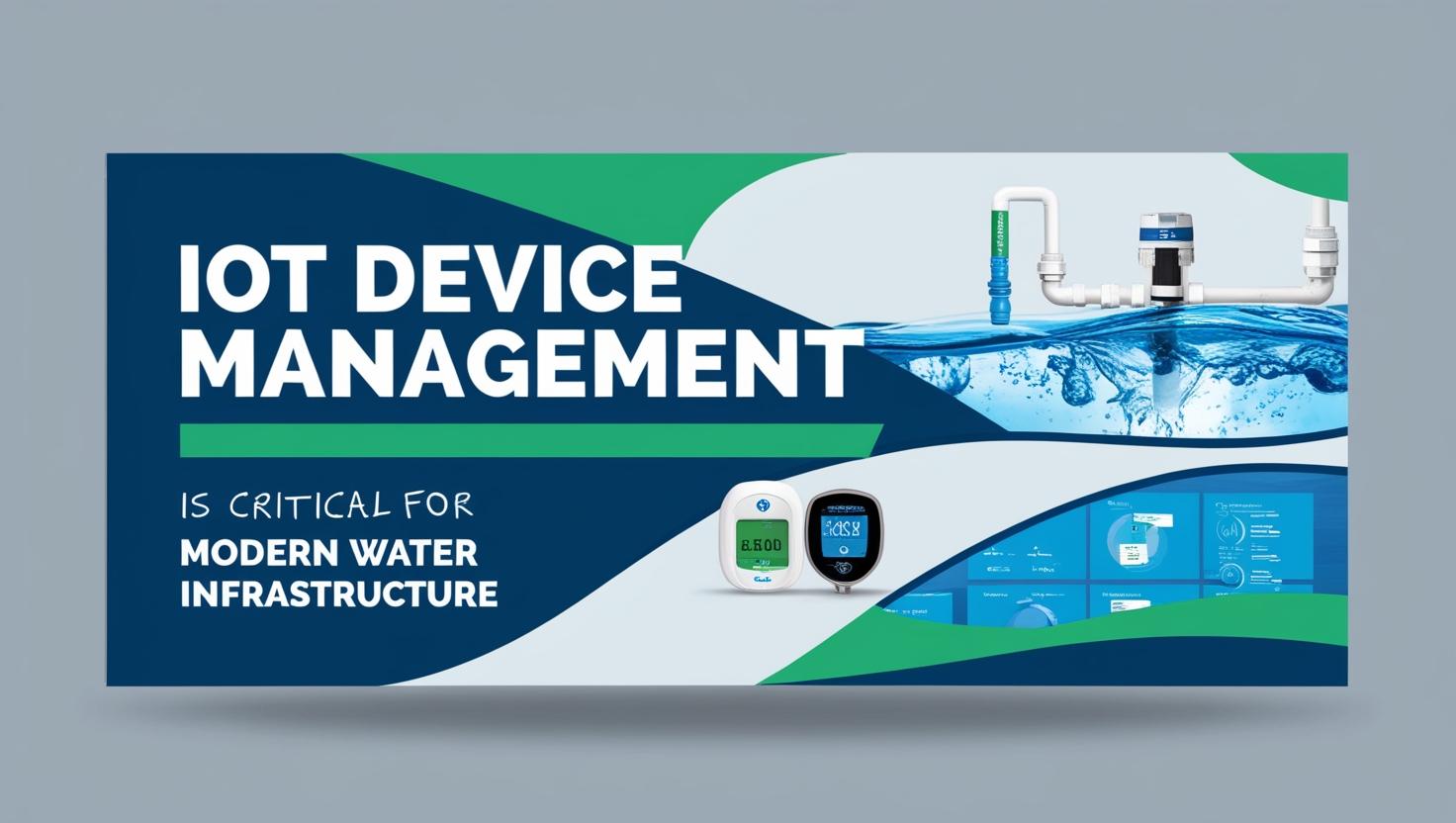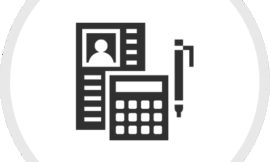Modern water infrastructure is getting smarter. With the help of the Internet of Things (IoT), we are now able to manage water resources more efficiently. From agriculture fields to urban water systems, sensors and devices are helping monitor and control water flow, usage, quality, and waste.
However, these smart systems rely on more than just sensors and data. Behind every sensor and every connected water meter, there is a layer of management that keeps everything working smoothly. This is where IoT device management becomes essential.
What is IoT Device Management?
IoT device management refers to the tools and processes used to monitor, maintain, update, and secure connected devices in an IoT ecosystem. In water infrastructure, these devices include:
- Smart water meters
- Leak detector
- Flow sensors
- Pressure gauges
- Water quality sensors
- Irrigation controllers
Managing these devices means keeping them connected, ensuring they work correctly, sending updates when needed, and protecting them from security risks. Without proper management, even the best-designed system can fail.
Why IoT Device Management Matters in Water Systems
Water is a critical resource. We need to ensure that every drop is used wisely and that systems respond quickly to leaks, overuse, or contamination. IoT helps do that, but only if the devices are working properly.
Let’s look at the reasons why IoT device management is critical in modern water systems.
1. Keeps Devices Online and Functional
In a city’s water supply network or a smart irrigation system using IoT, hundreds of sensors and controllers may be in place. If a device goes offline or malfunctions, it could cause delays, water loss, or even safety issues.
With good device management, system operators can:
- Monitor the status of each device
- Get alerts when something goes wrong
- Restart or reconfigure devices remotely
This helps reduce downtime and ensures a steady flow of data.
2. Helps in Remote Monitoring and Control
Managing a water system manually takes time and people. But with IoT, much of it can be done remotely. For example, in smart water management using IoT, operators can see real-time data from across the network on a dashboard.
Thanks to device management tools, they can also:
- Update device firmware remotely
- Adjust sensor settings from a control center
- Restart or reset faulty devices
This saves time, money, and effort, especially in large or remote areas.
3. Supports Data Accuracy and Consistency
In systems like IoT monitoring for water pressure or flow, accuracy is important. Incorrect data could lead to wrong decisions, like supplying too much water to an area or failing to spot a leak.
When devices are not managed well, they may:
- Send outdated readings
- Report false values due to calibration issues
- Miss sending data altogether
IoT device management tools help keep software up to date, verify sensor data, and ensure consistency across the network.
4. Ensures Security of Devices and Data
IoT devices can be targets for hackers. A weak link in your network could allow attackers to access critical water systems or steal sensitive data.
With strong device management, security steps include:
- Encrypted communication between devices
- Regular software and firmware updates
- Authentication and access controls
- Remote lockdown of devices if needed
These features help protect both the devices and the water system as a whole.
5. Enables Scalability
As demand for water increases, cities and farmers add more sensors, pumps, and meters. Without proper management, adding new devices becomes slow and confusing.
With centralized IoT device management, new devices can be:
- Registered automatically
- Assigned to the correct location or function
- Configured with default settings
This makes it easy to grow from 10 devices to 10,000 without losing control.
Real-Life Example: Smart Irrigation System Using IoT
Farmers often use a smart irrigation system using IoT to reduce water waste. Sensors in the soil check moisture levels, and the system waters the field only when needed.
If one sensor fails or reports wrong data, a part of the field could stay dry, affecting crop yield.
With device management:
- The system can alert the farmer to the faulty sensor
- The sensor can be restarted or recalibrated remotely
- The data can be cross-checked with nearby sensors
This helps ensure the system works correctly and crops get the water they need.
Real-Life Example: Smart Water Meters in Cities
In many urban areas, Smart Water Meters are used to track water usage in homes and buildings. These meters help detect leaks, overuse, and billing issues.
IoT device management is vital here because:
- Meters need regular firmware updates to stay secure
- They must remain connected to the network at all times
- Data must be sent reliably and securely to the billing system
If management fails, residents might get incorrect bills or the city might lose valuable water data.
How IoT Monitoring Helps in Water Infrastructure
With IoT monitoring, water system managers can view data in real time. This includes:
- Water pressure in different zones
- Water quality levels at treatment plants
- Pump status and energy usage
- Rainfall and soil moisture in agriculture
But this only works if the devices behind the scenes are functioning well. That’s why IoT device management and IoT monitoring must go hand in hand.
Benefits of Investing in IoT Device Management
Investing in proper device management leads to several long-term benefits:
- Reduced downtime: Problems are found and fixed faster
- Better performance: Devices are always working as expected
- Increased security: Threats are spotted early and blocked
- Lower costs: Fewer people needed for manual checks and fixes
- Longer device life: Updates and maintenance extend lifespan
These benefits apply whether you’re running a city water network or a smart irrigation system using IoT in your farm.
Future of Water Systems with IoT
The future of water systems will rely heavily on automation, real-time monitoring, and data-driven decisions. In such a future, thousands of connected devices will work together to:
- Detect leaks in real time
- Adjust water flow based on demand
- Monitor water quality continuously
- Send alerts before a problem becomes serious
All of this depends on having well-managed devices. Without proper control, even the smartest system can turn unreliable.
Final Thoughts
Water is one of the world’s most important resources. As we move toward smart cities and precision agriculture, IoT device management will be key to keeping these systems working smoothly. Whether it’s managing Smart Water Meters in cities or sensors in a smart irrigation system using IoT, having the right tools to monitor, update, and secure devices makes all the difference. In short, IoT device management is the backbone of modern, smart, and sustainable water infrastructure.



